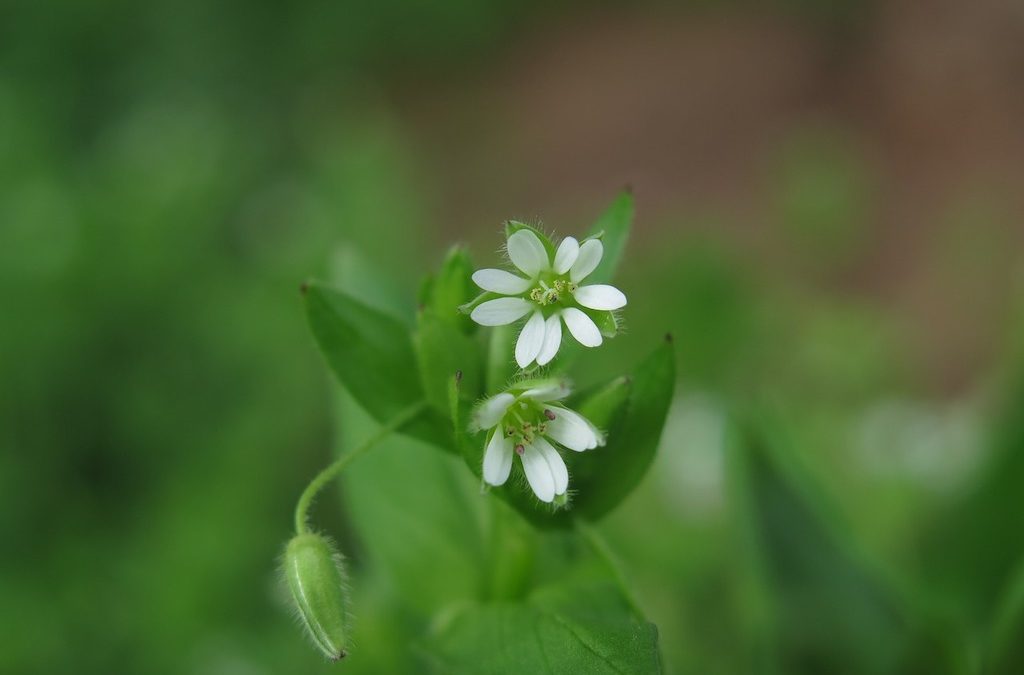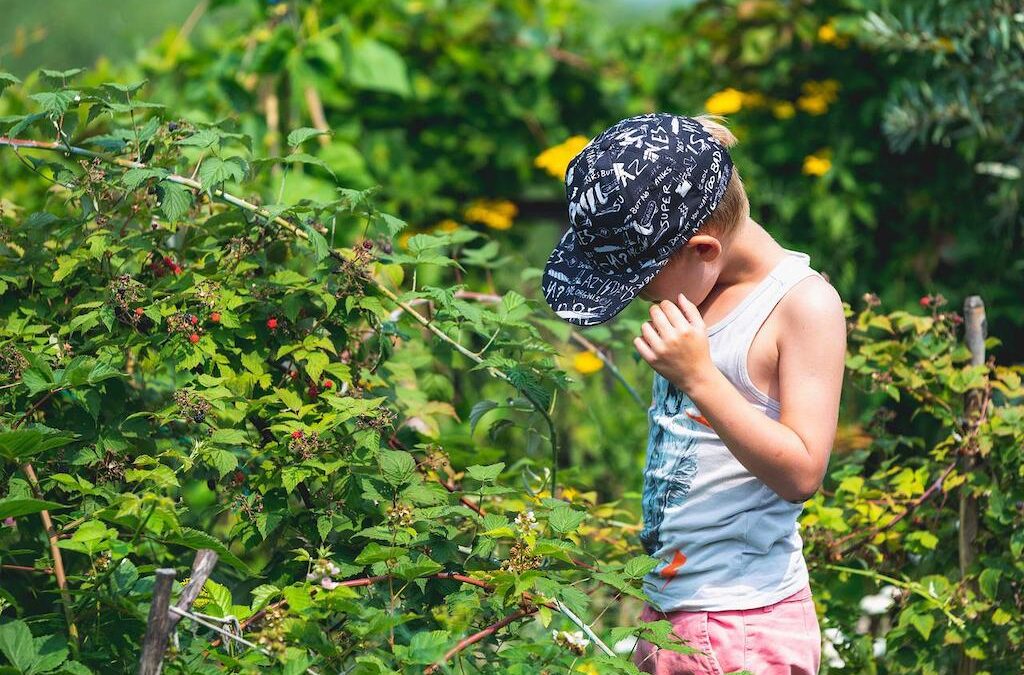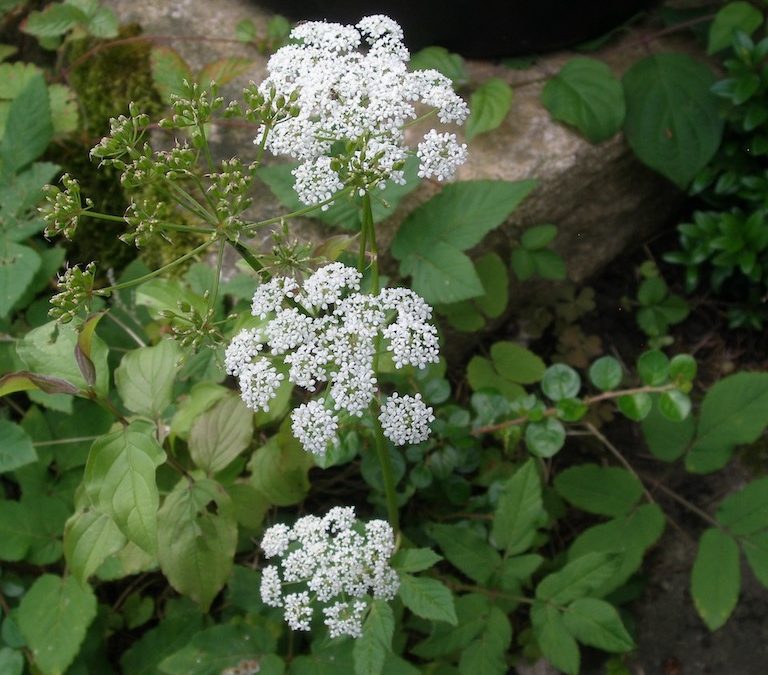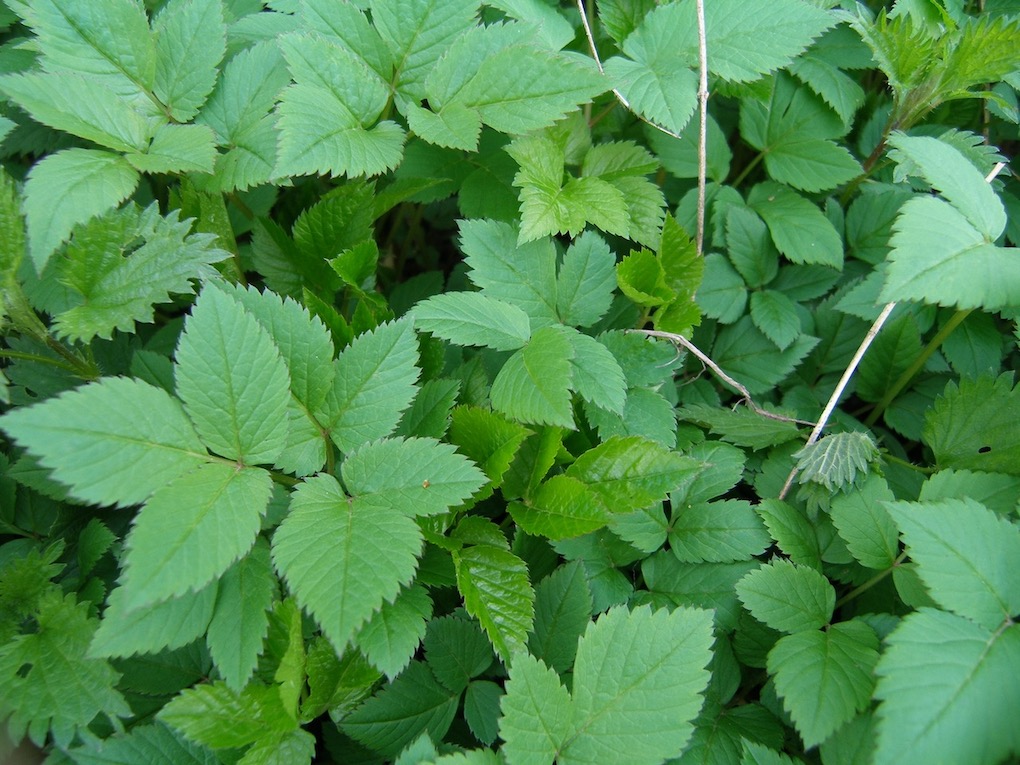
Foraging: Evening Primrose (Oenothera biennis)
Foraging Evening Primrose (Oenothera biennis)
Autumn is my favourite foraging time. The seeds are ripening, the nuts are swelling, and mushrooms are making their elusive appearances. Even when things have seemingly died off, one can dig for roots and rhizomes below ground.
Evening Primrose is a great autumn crop for foragers. The tall, lanky stalk with the large, somewhat ghostly, pale yellow flowers is a familiar sight. Yet its true beauty is revealed at night when the flowers open fully and their subtle scent perfumes the air.
Habitat
Evening Primroses are not particularly fussy. They are happy with poor, sandy soil as long as it gets enough sun. Waste grounds, railway track embankments, neglected corners of the yard all provide a happy habitat for them.
Edible parts:
All parts of the Evening Primrose are edible.
Leaves:
Evening primrose is biennial, forming a rosette in the first year and the stalk and flowers in the second year. The leaves of both the first and the second year’s growth can be cooked or used fresh – but they are a bit hairy, and may not be to everyone’s liking. Try a small amount first to see if you like the flavour, or mix them with other herbs.
Flowers:
Evening Primrose has a long flowering season, from June to September. The early flowers only open in the evenings, exuding a beautiful, sweet scent. Later, they open during the day as well. The flowers are mildly sweet-tasting and can be used to decorate salads. Or try the buds before they open in stir-fries and such.
Seeds:
The seed pods ripen in the autumn. The elongated capsules contain quite a lot of tiny seeds. But if you think you might be able to press your own Evening Primrose Oil, I’ll have to disappoint you. The seeds are minuscule. It would require a ton of them to make the endeavour worthwhile. And, what’s more, the pressure needed to press the seeds is so great that it would produce a lot of heat, which would destroy the beneficial properties of the oil. Try using them like poppy seeds instead. But don’t expect to get a lot of nutritional value from them. The amounts typically used in cooking and baking are too small for that. Grind the seeds before adding them to your recipes to release the oil. Left whole, they would simply pass straight through the digestive system without leaving a trace of their nutritional benefits.
Read more about the medicinal properties of Evening Primrose Oil
Roots:
The roots are perhaps most interesting for the forager. But remember that only the first years’ root is used, which is easily identifiable by its distinctive rosette, before the stalk begins to push up. The flowering shoot does not form until the spring of the second year. By this time, it would be too late to dig for the root. But, look around the ground near a stand of second-year plants, and you will soon spot some yearlings. It can be hard work to dig up the long reddish taproot unless the soil is very light. But they make an unusual root vegetable for bakes and stews with a slightly peppery taste, reminiscent of black salsify.
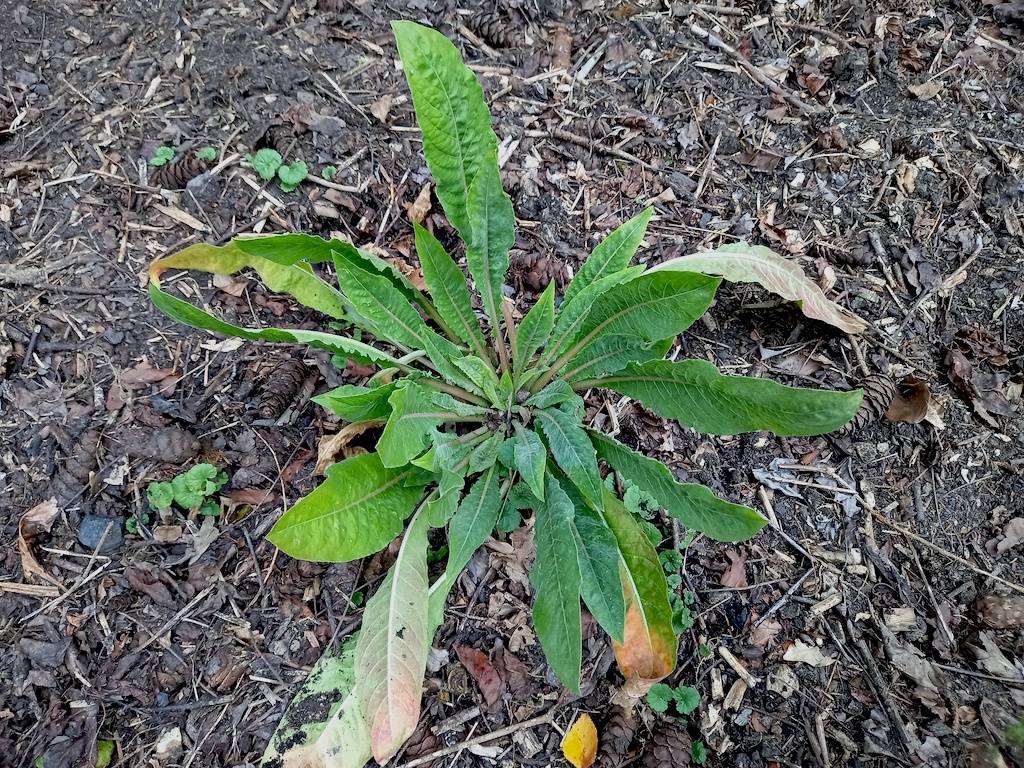
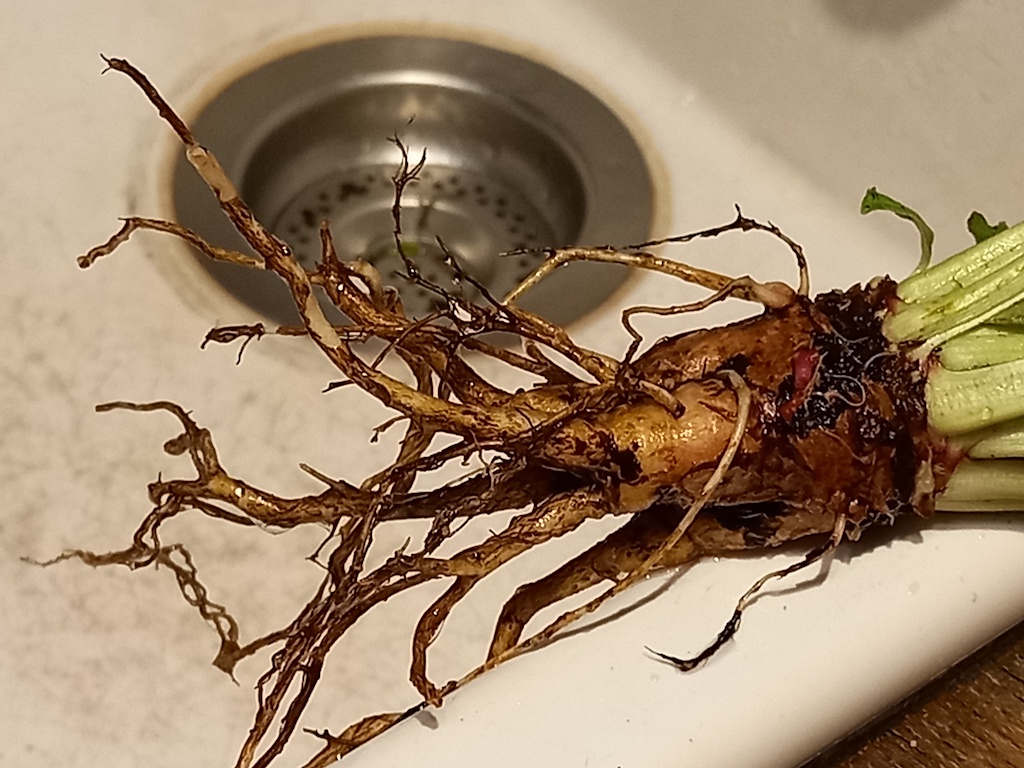
Recipes
Roasted Winter Vegetables
- Carrots
- Potatoes
- Parsnips
- Evening Primrose Roots
- Large onion
- Garlic
Clean and peel/scrub vegetables well. Cut into 2″ chunks. Coat with olive oil and salt. Keep them separate and sprinkle with spices (e.g. sprinkle the parsnips with curry, the carrots with coriander seed powder and the potatoes and evening primrose roots with Chinese 5 spice mix).
Quarter the onion. Separate the garlic into cloves, no need to peel. Preheat the oven to about 425 °F
Place all ingredients on a baking tray and bake for about 30 – 50 minutes on a high shelf. (cooking time depends on the size of the vegetable chunks – check regularly)
You can add a few sprigs of fresh sage and rosemary towards the end for additional flavour. (Putting them in at the beginning would burn them)
Evening Primrose Fritters
Not suitable for ‘fat-free’ fans, but delicious nonetheless.
Prepare a standard batter:
- 2 eggs
- ½ cup milk
- 1 cup flour
- 1 TSP baking powder
- 1 TSP salt
- 1 TSP oil
Cut the Evening Primrose root into long pieces, not too thick, and dip each piece into the batter.
Fry in very hot oil until golden brown.
A deep-fryer works best, but if you don’t have one, pan-frying will do.
Evening Primrose Patties
Cook the Evening Primrose roots until tender (you might want to blend with other root vegetables).
Mash with butter, stir in one egg and a little flour and/or oats to make a sticky dough.
Season to taste. Form little patties and pan-fry on each side until golden brown.
Shop for Evening Primrose oil at Starwest Botanicals. (Affiliate link)

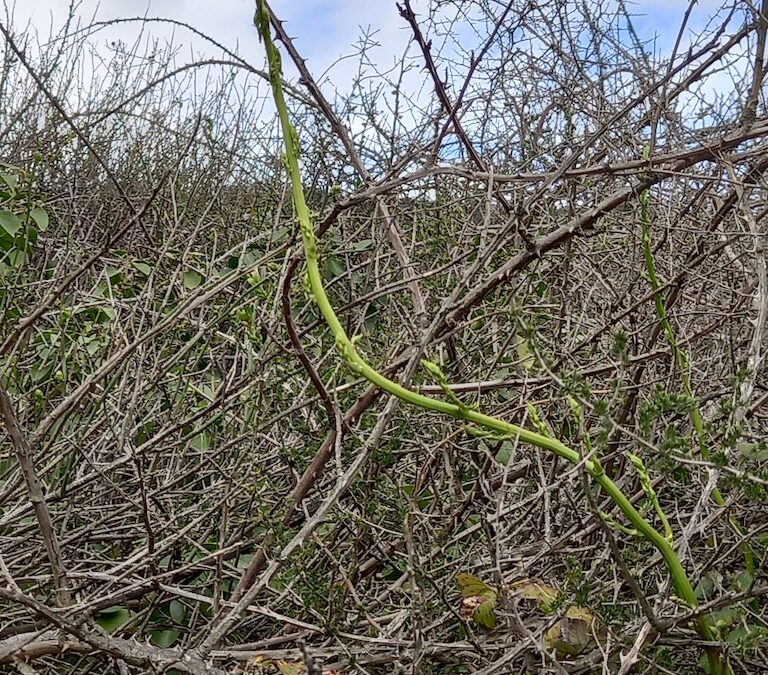

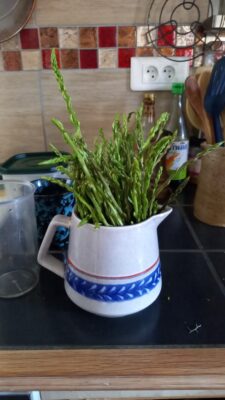 How to Prepare Wild Asparagus
How to Prepare Wild Asparagus